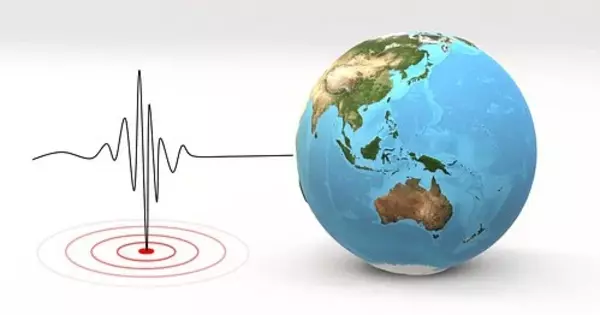The scientific study of earthquakes (or quakes in general) and the propagation of elastic waves through the Earth or other planetary bodies are known as seismology. It also includes research into the environmental effects of earthquakes, such as tsunamis, as well as the various seismic sources, which include volcanic, tectonic, glacial, fluvial, oceanic, atmospheric, and artificial processes such as explosions.
Seismology is the scientific study of earthquakes and the seismic waves that they produce. It is a subfield of geophysics that studies the behavior of the Earth’s crust as well as the forces that cause earthquakes, volcanic eruptions, and other similar phenomena.
The study of earthquakes and related phenomena, most notably the physical properties of the Earth’s interior, is known as seismology. Marine seismology is simply seismology with observations taken at sea. Because oceans cover the majority of plate boundaries, earthquakes mostly occur beneath the sea floor. This provides a compelling reason to observe and study earthquakes at sea near their epicenters. Modeling seismic velocity structure provides a basic scheme for understanding both active and historical processes. The lack of broadband seismic data from ocean floors currently limits global-scale modeling of the Earth’s deep interior.
Seismologists study earthquakes using a variety of techniques, such as seismometers to measure ground motion, GPS to measure crustal deformation, and remote sensing to measure changes in land surface features. They also use computer models to simulate earthquake behavior and forecast potential societal impacts.
Seismology research has improved our understanding of the structure and dynamics of the Earth’s interior, allowing us to better predict and mitigate the effects of earthquakes, such as by building safer structures and developing early warning systems.
Paleoseismology is a related field that uses geology to infer information about past earthquakes. A seismogram is a recording of Earth motion as a function of time. A seismologist is a scientist who conducts seismology research.
In addition to earthquakes, seismologists also study other types of seismic activity, such as tremors and aftershocks, as well as the natural and human-induced factors that can trigger them. This information is used to develop better models of earthquake and seismic activity and to improve earthquake prediction and hazard assessments.
















